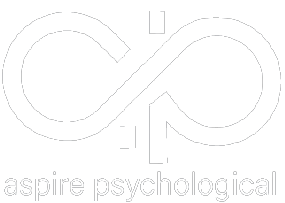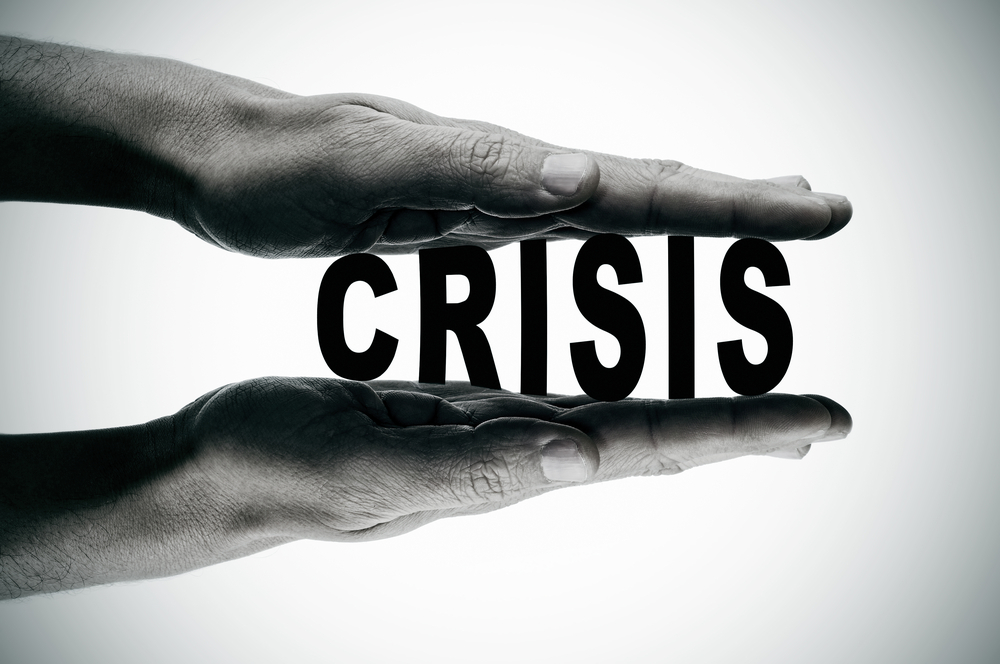Do you remember being frightened by certain things as a child? Childhood fears are normal. In most cases they are overcome by time and experience. But when a child cannot seem to overcome, they might develop a phobia. Phobias can be disconcerting for children and parents alike.
Aspire Psychological can help parents and their children by way of child phobias therapy. This is a particular type of therapy that starts with identifying the exact phobia or phobias a child suffers from. Once we know what makes a child afraid, we can apply certain tools and techniques to help the child overcome.
The Basics of Phobias
Before actually getting into child phobias therapy, it is important to talk about the basics of phobias themselves. Clinically speaking, a phobia is an excessive fear about something in particular. It is fear that is significantly disproportionate to any real or imagined threat a child might perceive.
Most phobias involve extreme and uncontrolled fear that seems unreasonable to others but quite reasonable to the patient. A child can be obsessively afraid of just one thing or situation. Alternatively, a child might fear many things. What makes phobias so different from general fears is that they lead to feelings of stress and anxiety that can ultimately manifest themselves in physical symptoms.
Different Types of Phobias
For clinical purposes, phobias are divided into five different categories. Understanding the type of phobia that a child is suffering from is the first step in child phobias therapy. Here are the five categories:
- Animal (fear of dogs, snakes, insects, etc.).
- Environmental (fear of heights, weather, water, etc.).
- Medical (injuries, injections, blood draws, etc.).
- Situational (being in the car, enclosed spaces, dark rooms, etc.).
- General (anything that doesn’t fit into one of the other four categories).
Clinicians seek to identify the specific phobia a child suffers from. Once we understand that, we can move forward with treatment.
Child Phobias Therapy
Medical science has not been able to pinpoint a particular physiological trigger for childhood phobias. In fact, we don’t know of any particular cause of phobias in general. Where treatment is concerned, most clinicians prefer to start with a therapy known as ‘response and prevention’.
Response and prevention is based on the understanding that avoiding the things we fear only makes our fears more pronounced. On the other hand, being exposed to what we are afraid of gives us opportunities to explore our fears and eventually realize we have little to be afraid of.
Imagine a child with a phobia of dogs. Response and prevention suggest slowly exposing the child to harmless experiences with dogs. We might start by looking at pictures of dogs and discussing them. A child might be given a stuffed dog toy to play with. Finally, we would gradually introduce the child to real dogs known to be gentle and friendly.
Cognitive-Behavioral Therapy
In more severe cases when exposure and response does not generate the results we would expect, a second therapy known as cognitive-behavioral therapy (CBT) may be an order. CBT is primarily a talking therapy in which children can be taught to recognize thought patterns that lead to feelings of fear. Once those thoughts are identified and recognized, the child can learn new thought patterns that will help overcome fear.
Child phobias are very real and often disconcerting. Fortunately, child phobias therapy is an effective way to help children overcome those things that scare them the most. Overcoming may not always be easy, but it is possible for most children. At Aspire Psychological, we are happy to help.





